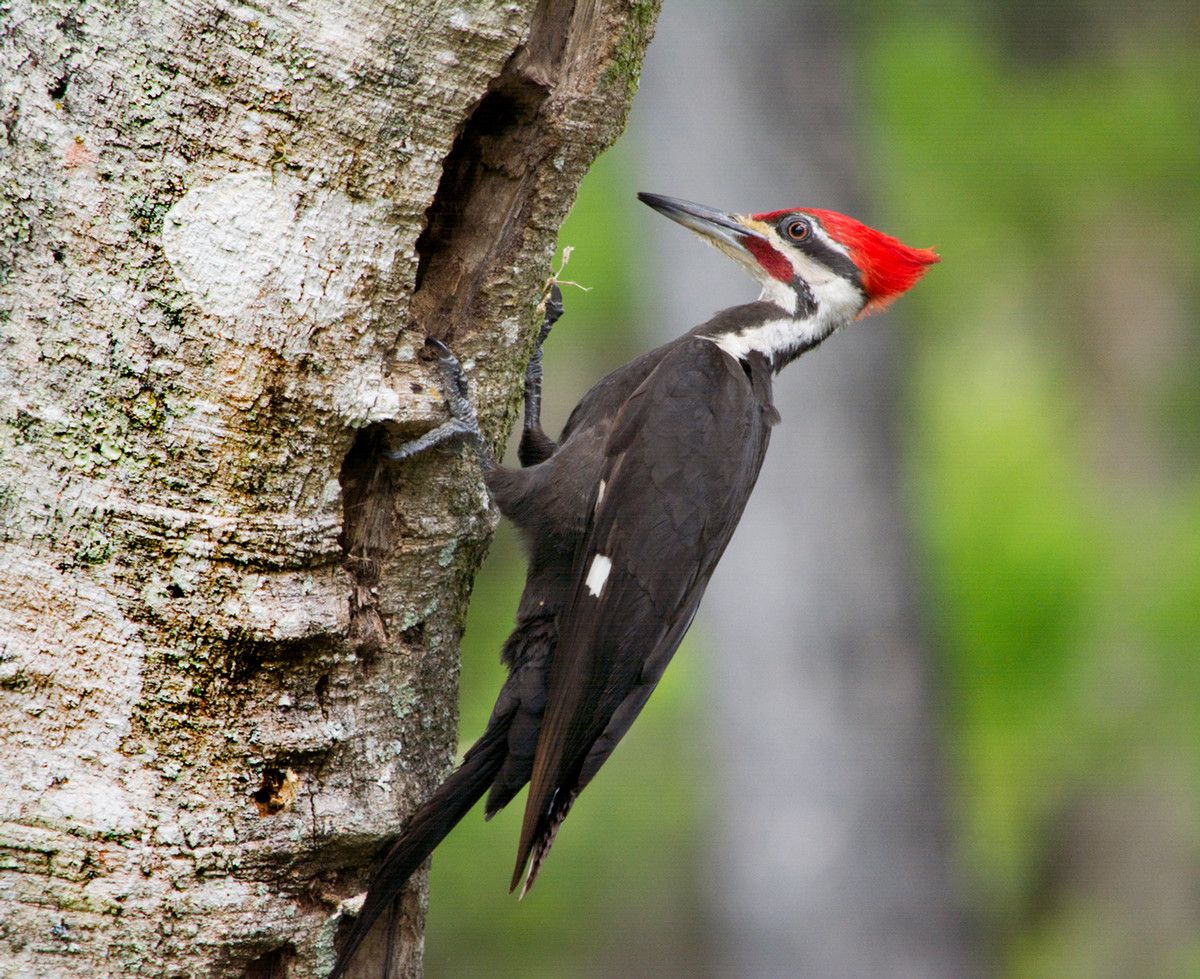Y: Today, on A Moment of Science, we're taking on that age-old question of what came first.
D: Is this going to be about chickens and eggs?
Y: Try woodpeckers and fungus.
D: Woodpeckers and fungus? How are those two related?
Y: Well, woodpeckers puncture bark of dead or dying trees, also known as snags, to find the wood-boring insects that make up their diet, and some species also excavate cavities in these trees for their nests.
D: So where does the fungus come in?
Y: Well, scientists observed that the snags woodpeckers excavate generally contain decayed wood...
D: ...which is caused by wood-decay fungi.
Y: Right. And this led them to wonder whether woodpeckers are attracted to certain types of decay, or if they're the ones actually spreading the fungus that causes the decay.
D: So what did come first?
Y: Well, it turns out that the relationship between the two is pretty complex. When woodpeckers puncture bark, they provide a way for airborne fungal spores to infect the wood. They also act as vectors, unintentionally picking up fungal spores and other microbes from one snag and carrying them in their beaks to another. And, not surprisingly, species of woodpeckers that nest in cavities carry a significantly larger number of these.
D: Which is synergistic, because the decay makes it easier for them to excavate.
Y: Right. So even though we still don't know which came first, this also isn't merely an intellectual exercise. Woodpeckers are pretty important ecologically because the sites they excavate are used for foraging, roosting, and nesting by many other species as well. And now that there's debate over whether snags contribute to forest fires and should be removed, it's especially important to study potential ramifications.










